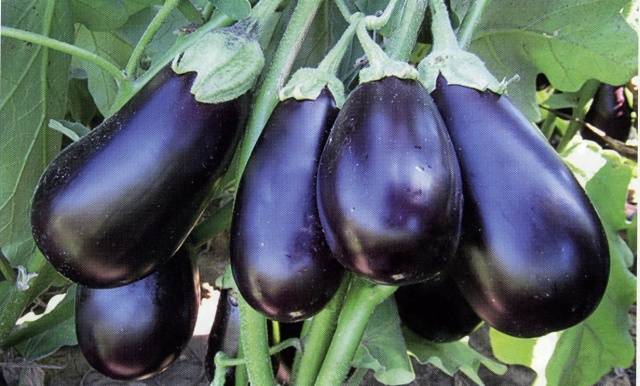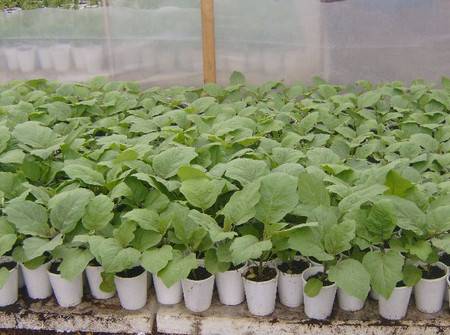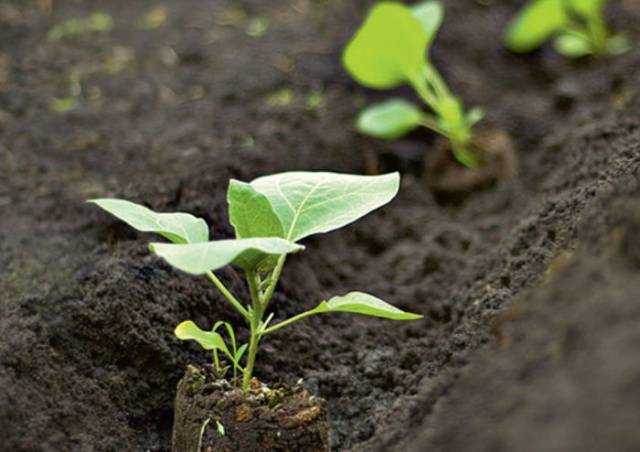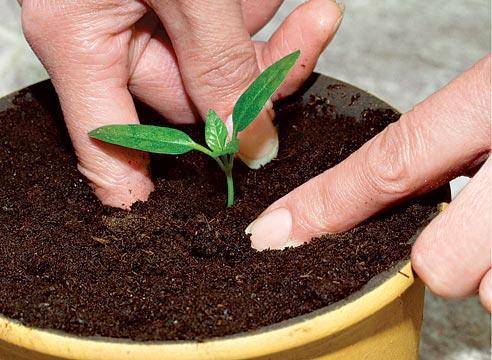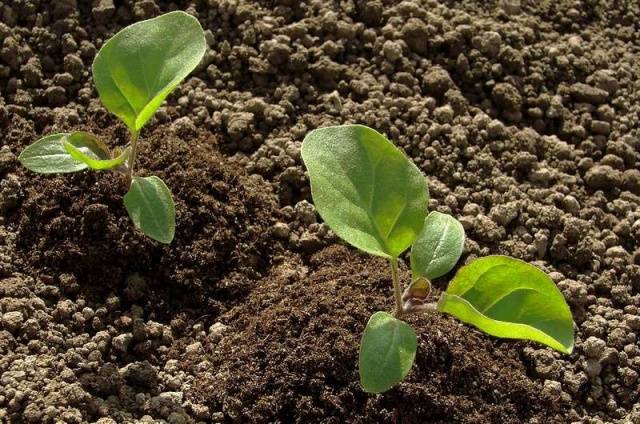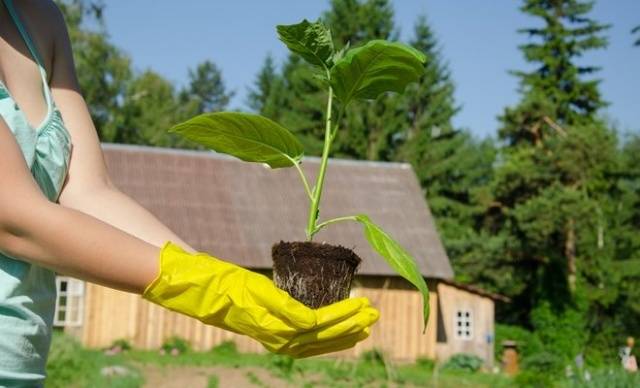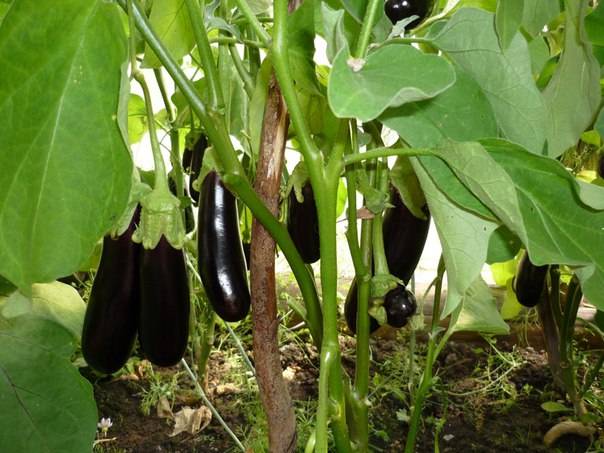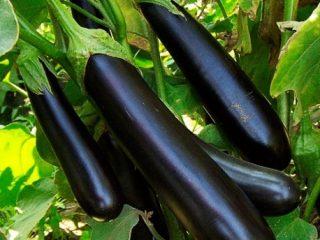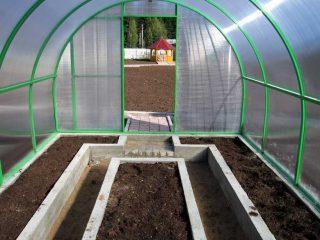Content
In an effort to get a good harvest of vegetables, many domestic gardeners use the seedling method of growing. First of all, this applies to such heat-loving crops as tomato, cucumber, pepper and, of course, eggplant. Already in early spring, farmers sow eggplant seeds in small containers and carefully look after young plants until favorable warm weather is established outside. It is at this time that the next and very important stage of cultivation begins - the picking of eggplant seedlings. A competently carried out planting of plants in the ground allows you to prevent a long period of their adaptation in new conditions, to increase the number of formed ovaries, and to accelerate the process of fruit ripening.
The article below provides detailed information on when and how to dive eggplants correctly, what features must be taken into account in this case.
What is good seedlings
Growing seedlings is a very labor-intensive business, however, many gardeners use this method of cultivating eggplant, since it has a number of advantages:
- Allows you to speed up the process of ripening the crop due to the so-called race (the age of plants at the time of diving into the ground, measured in days, days). Most regions of Russia are characterized by relatively cold and short summers. In such conditions, eggplant, which has a long growing season, cannot fully bear fruit if the seed is sown directly into the ground.
- Young plants in favorable home conditions are gaining enough strength to resist diseases and pests of open ground.
- Growing seedlings allows you to sort out weak plants and not occupy the soil area with diseased, low-yielding eggplants.
Eggplant seedlings can be grown indoors or in heated greenhouses, greenhouses. In this case, it is necessary to monitor the temperature and humidity indicators.
The best time
It is not possible to name a specific date for sowing eggplant seed for seedlings, since each region has its own climatic characteristics. That is why the sowing date of the seed should be calculated: it is necessary to subtract 60-70 days from the day of the supposed diving of plants into the ground... For example, when growing eggplants in the suburbs, seeds for seedlings should be sown in mid-March and the plants should be dived into open ground in early June. If eggplants are supposed to be grown in a greenhouse or greenhouse, then sowing seed for seedlings can be carried out in late February - early March and dive into the soil in mid-May.
However, it is worth remembering that diving eggplant seedlings into the ground should be carried out only when the average daily atmospheric temperature exceeds +180 C, and the thickness of the earth is warm enough.
Otherwise, the harvest will ripen only in late autumn.
It is worth noting that many gardeners, not being able to initially grow seedlings in separate small containers of 1-2 eggplants, sow seeds rather thickly in a single large tray. This method of cultivation involves the intermediate diving of plants into separate pots.
Young plants take root well and slow down their growth for no more than 2-3 days.This method of cultivation is more likely not a rule, but a necessity for those who do not want to take up a lot of space with "empty" pots in early spring. How to correctly carry out the intermediate picking of small eggplants is described in detail in the video:
Preparation for a dive
Some farmers argue that eggplants cannot be grown in seedlings, since the plants have a weak root system that is very easy to damage. However, this is not the case if you provide some points:
- As far as possible, you should not sow seeds in one container, since when separating them, you can really damage the root system;
- If it was not done without mass crops, then it is necessary to dive the seedlings into separate pots when the second leaf appears. If at the time of transplantation the root of the sprout is more than 1 cm, then it should be pinched. It is impossible to leave dense crops without picking seedlings into separate pots until planting in the ground. As this leads to a lack of nutrients, wilting of plants and the spread of diseases.
- Sowing eggplant seeds for seedlings is recommended in small flexible plastic cups, to remove the plants from which, it is possible to preserve the earthen coma on the root;
- Peat pots and tablets are also excellent containers for growing seedlings. Using them, you don't have to take out the shoots at all, which means that the root system will definitely remain unharmed.
When growing seedlings in room conditions, it is easy to observe a certain temperature and humidity regime. So, it is recommended to water the plants 1-2 times a week with warm water. The optimum air temperature for the culture is 21-230C. The plants are protected from direct sunlight. These gentle conditions are great for growing young plants, and the process of diving outside is stressful for them.
To accustom small eggplants to new conditions, it is necessary to start hardening 2 weeks before picking. To do this, pots with plants need to be taken out into the street, first for half an hour, then the time is gradually increased to full daylight hours. Such a measure will allow the eggplants to adapt to outdoor temperatures and direct sunlight.
The picking process
A few hours before transplanting the plants, it is necessary to water them so that the soil is moderately moist and does not sprinkle from the root. It is recommended to fertilize the soil into which the plants are supposed to dive. To do this, use a mixture: a glass of mullein, a tablespoon of urea and a teaspoon of ash are added to a bucket of water.
The rest of the picking of seedlings consists of the following stages:
- Depending on the tallness of the variety, depressions are made in the moistened soil with a certain frequency. So, undersized varieties (Almaz, Black handsome, Fabina and some others) can be dived in 5-6 bushes per 1 m2... Tall eggplants, over 1.5 meters high (Goliath) are planted no thicker than 2-3 bushes / m2.
- If the seedlings were grown in peat tablets or pots, then the plants are placed in the soil together with the container, without removing the sprout, pressing and compacting the soil around the perimeter of the planting.
- If plastic containers were used, then they should be carefully squeezed from all sides, so that the soil lags behind the walls. The root system of eggplant is poorly developed, so the procedure must be carried out as carefully as possible, keeping as much soil as possible on the root.
- If the soil was moistened before the dive, then watering the planted plants is not required.
Eggplant care
Depending on the variety, eggplants can be dived into open or protected ground. Care for the planted seedlings is as follows:
- during the first month after the pick, it is recommended to water it daily;
- once every two weeks, eggplant should be fertilized. To do this, you can use manure infusion and other organic matter, as well as special mixtures with a high nitrogen content;
- it is especially important when growing eggplants to carry out regular and thorough weeding with simultaneous loosening;
- bushes with a height of more than 70 cm must be tied up;
- yellowed leaves on the bushes should be broken off;
- you can eliminate pests, in particular the Colorado potato beetle, using salted flour, wet wood ash, or special chemicals.
Correctly grown and timely dived seedlings have sufficient strength in order to take root in new conditions without problems and withstand all kinds of diseases. In the process of transplanting, it is very important to carry out all the manipulations as carefully as possible, so as not to damage the delicate root system of the plant. As for the cultivation method, then, of course, in the domestic climatic conditions, eggplants must be cultivated by the seedling method. Whether to use an intermediate dive or immediately sow 1-2 seeds in separate pots, it is, perhaps, only the gardener himself who decides. However, do not forget that such manipulation poses a certain risk to the plant and slows down its growth.
